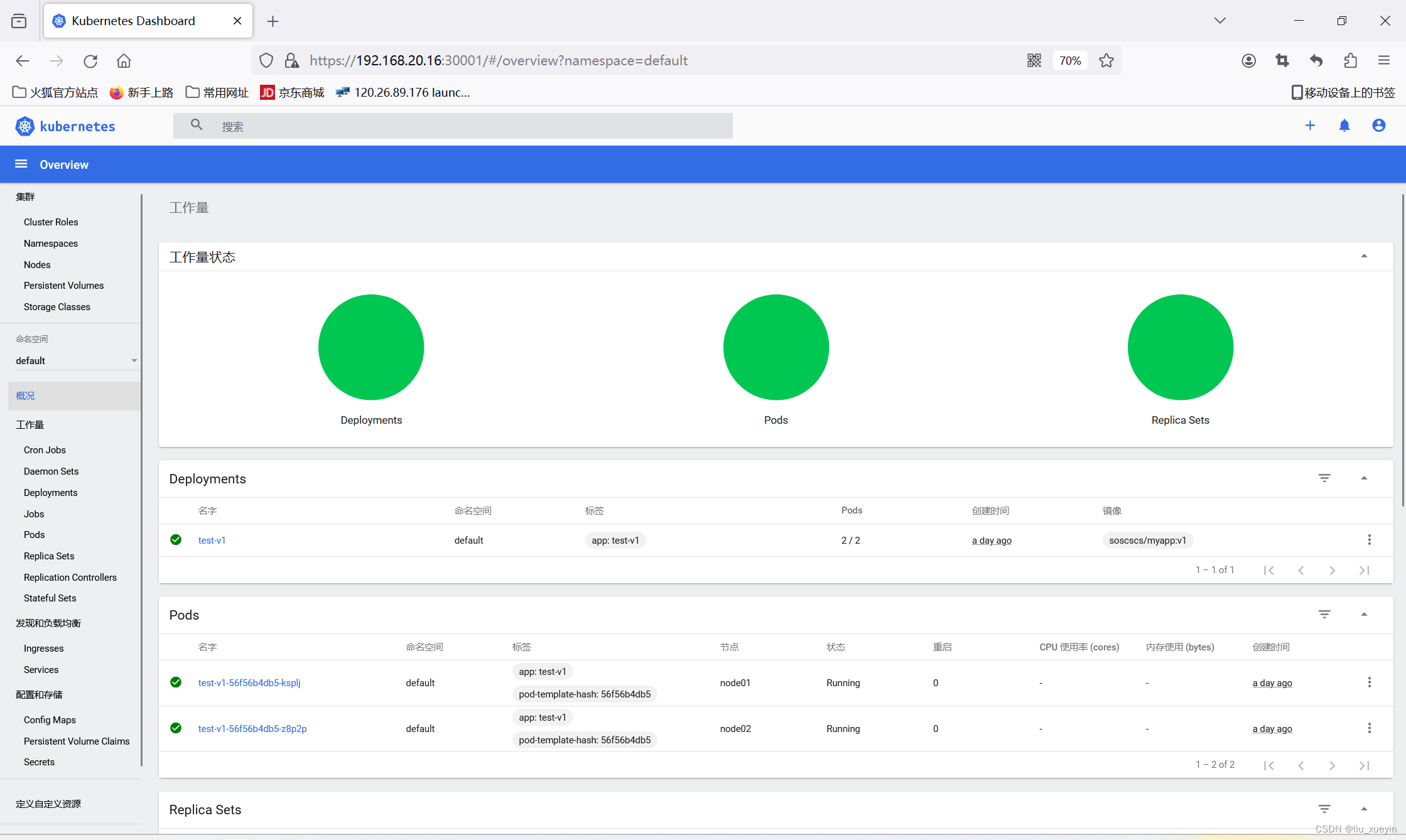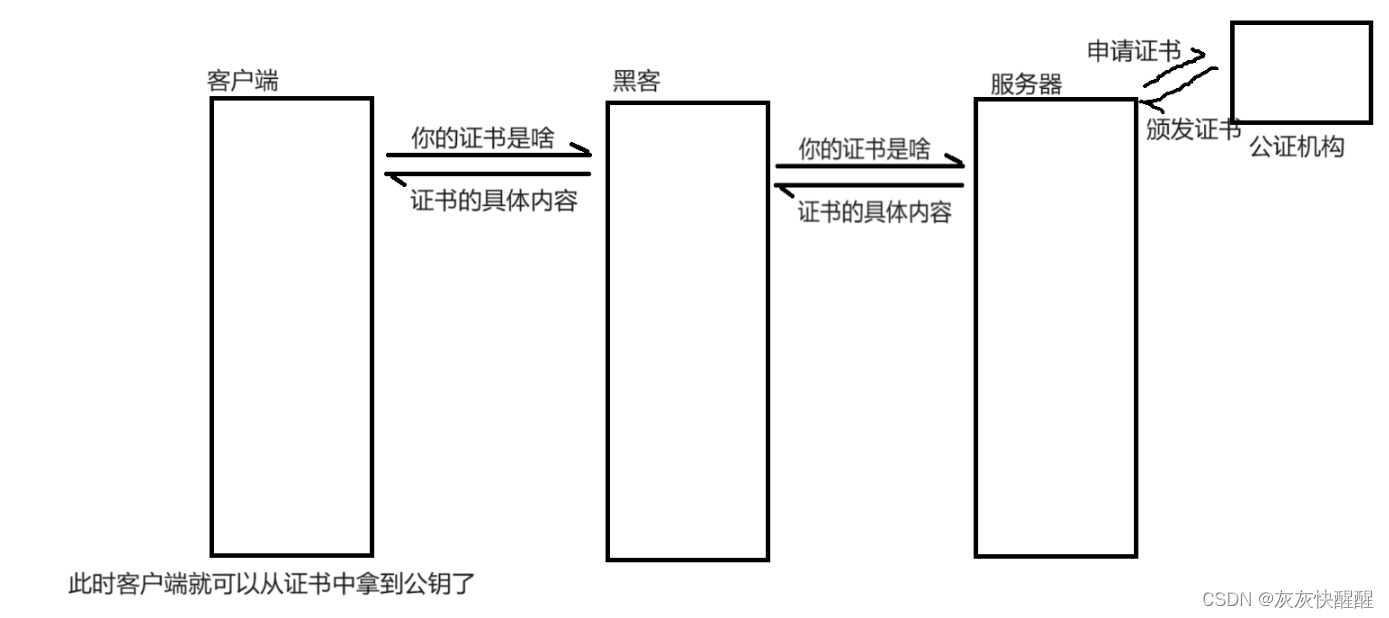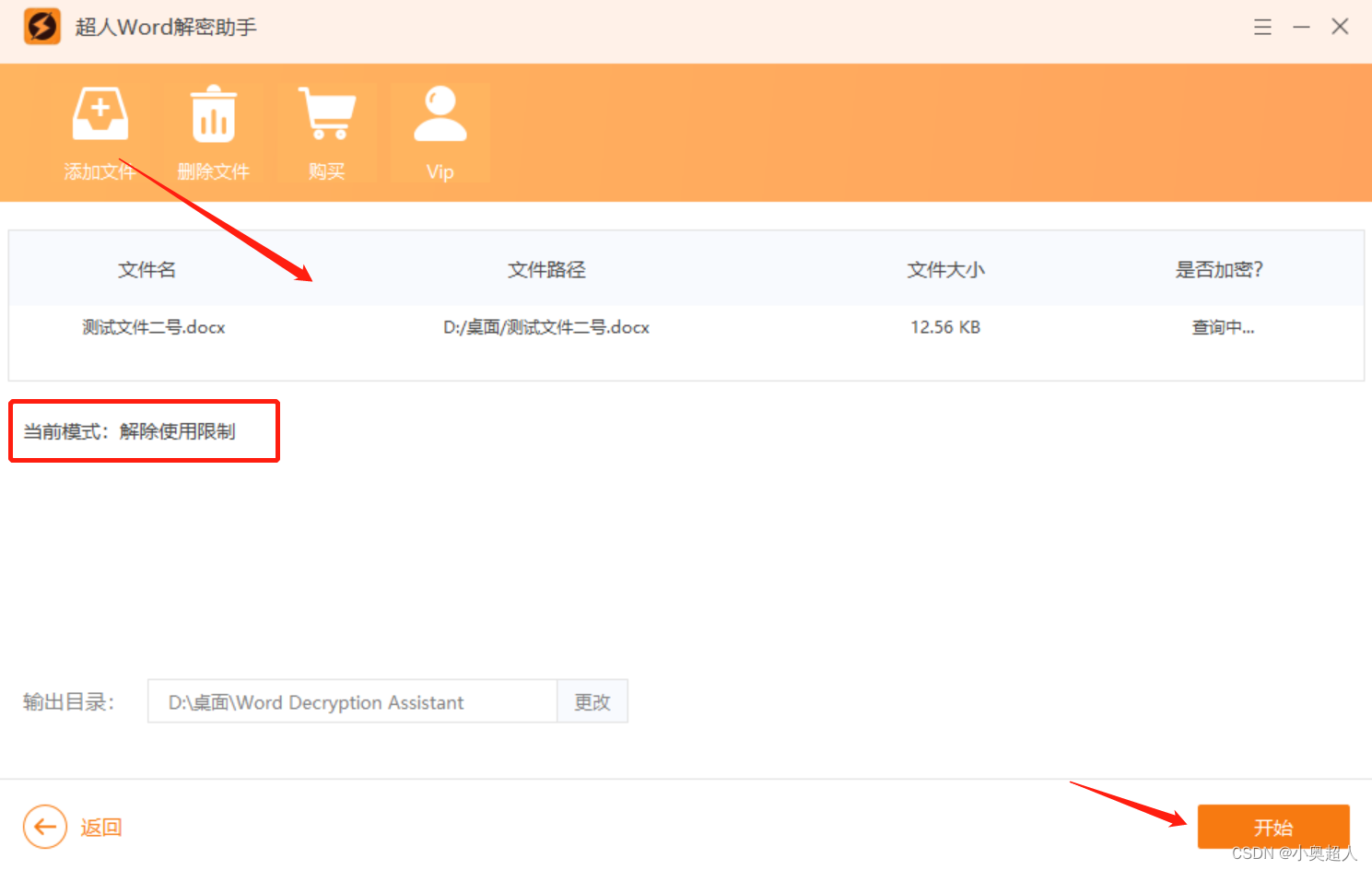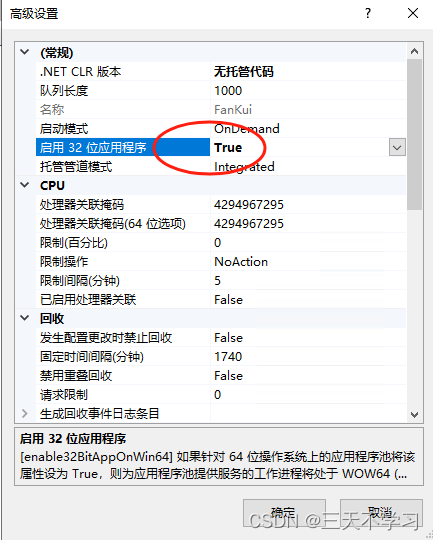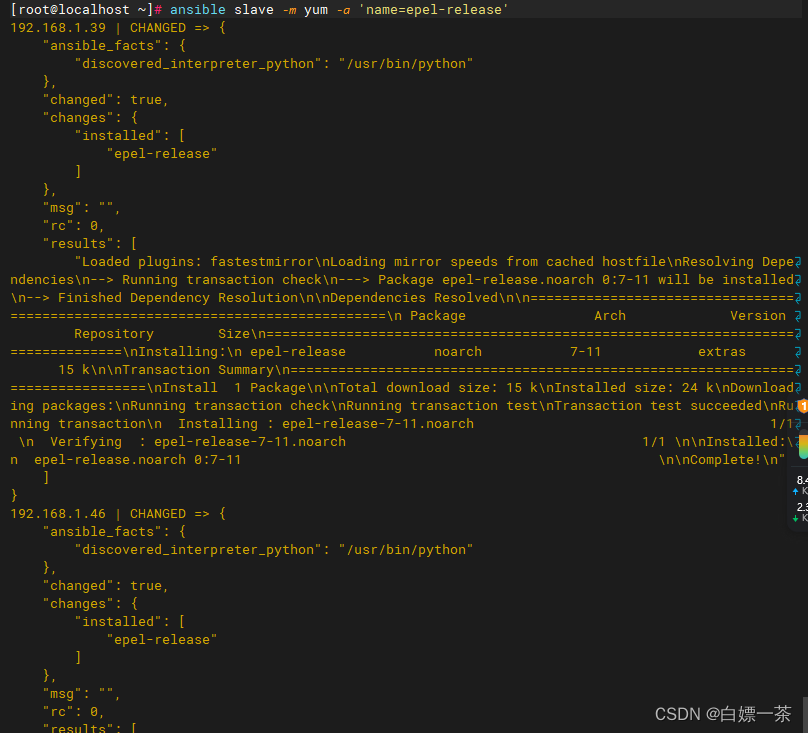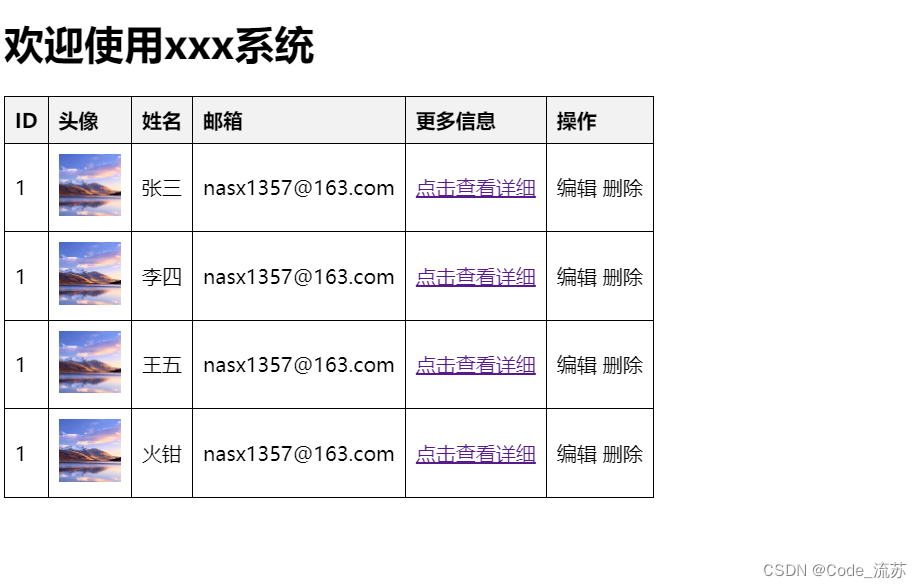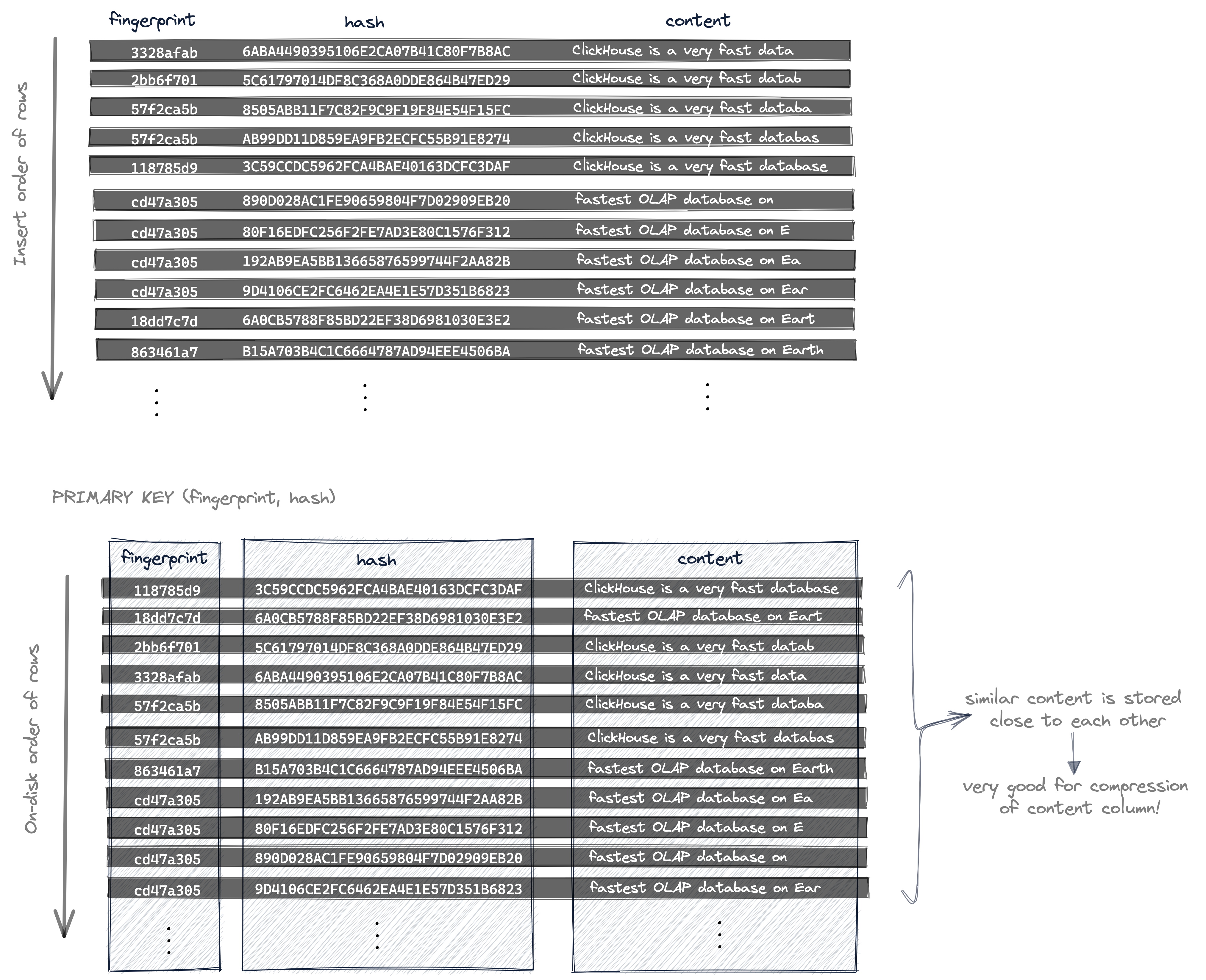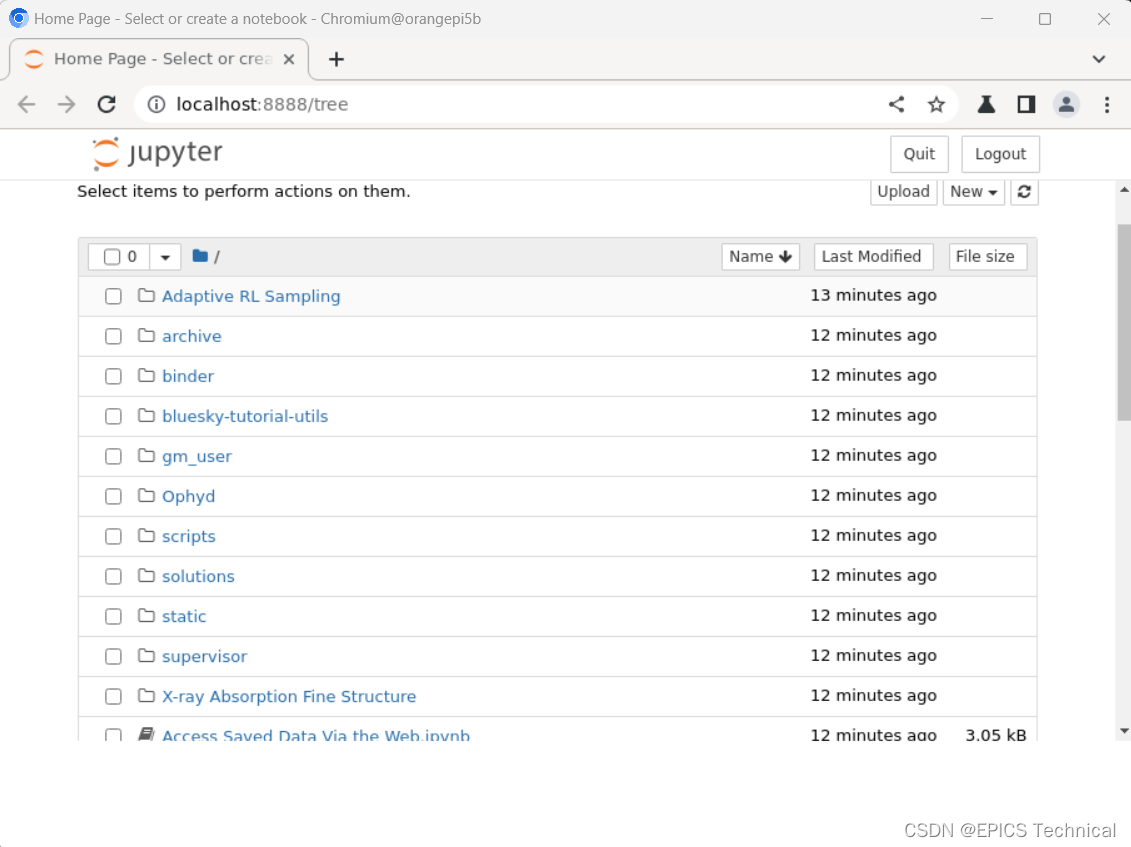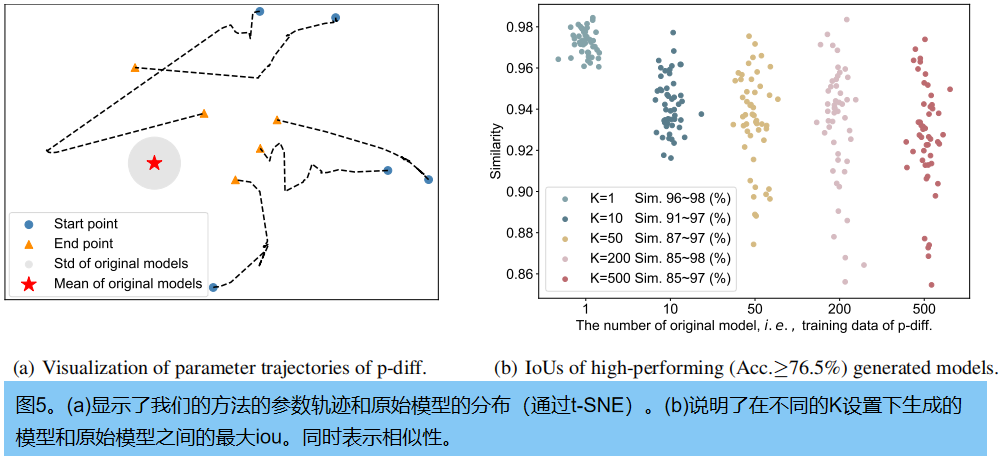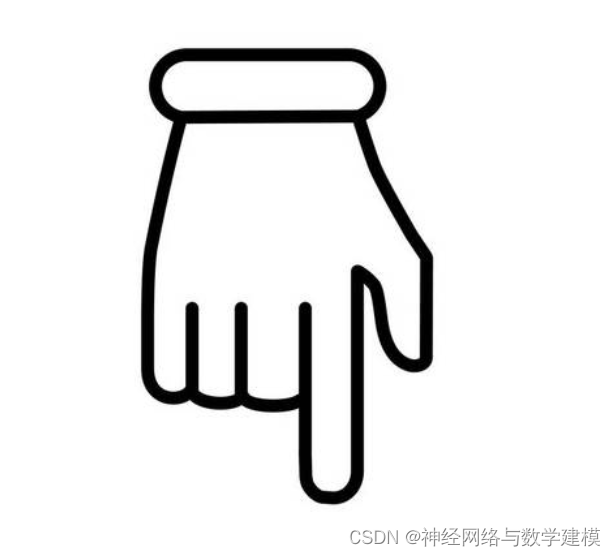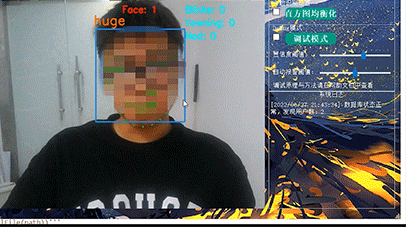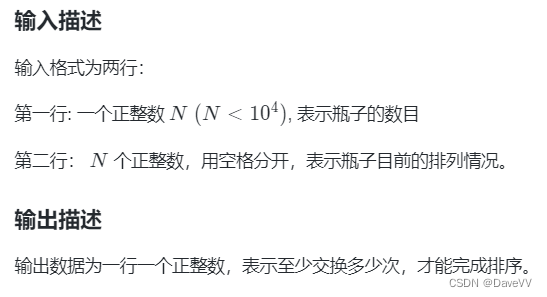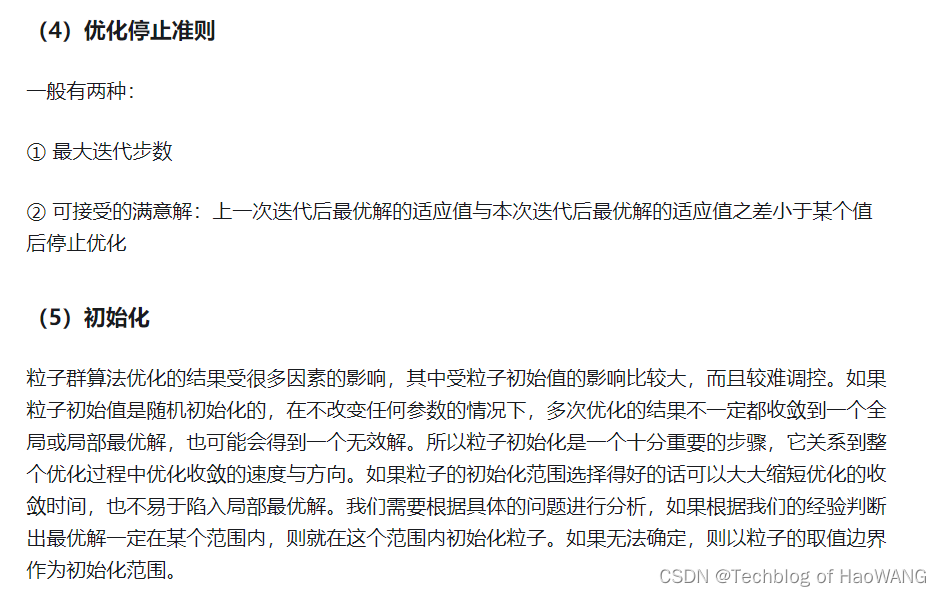目录
- 正则表达式
- 去除字符串前后空格:
- 去除每一行中首尾的空格
- 去除开头的 '数字_'
- 文件操作
- 打印当前项目路径
- 获取文件的上级目录
- /和\
- 读取文件
- 内置包装类
- System类
- 常用方法
- Number类
- Integer类常用方法
- Float和Double
正则表达式
去除字符串前后空格:
str.trim()
去除每一行中首尾的空格
import java.util.regex.*;
Pattern pt = Pattern.compile("^\\s*|\\s*$");
Matcher mt = pt.matcher(line);
String str = mt.replaceAll("");
去除开头的 ‘数字_’
import java.util.regex.Matcher;
import java.util.regex.Pattern;
// 处理例如 '0_1_a_test.docx',只需要去掉最开始的 'idx_'
String str = "10_1_a_test.docx";
Pattern p = Pattern.compile("\\d*_"); //匹配一个或多个数字再加一个下划线
Matcher m = p.matcher(str);
String tempAttachName = m.replaceFirst(""); // 输出:1_a_test.docx
文件操作
打印当前项目路径
System.getProperty("user.dir")
这是项目根目录路径,下面的自己写==
获取文件的上级目录
import java.io.File;
public class DirSize {
public static void main(String[] args) {
File dir = new File("/home/huanyu/Desktop");
String parentPath =dir.getParent();
System.out.println("该目录的上级目录为:"+parentPath);
}
}
/和\
windows和Linux的文件分隔符不同,获取方式
import java.io.File;
public class test{
public static void main(String args[]) {
String a = System.getProperty("file.separator");
System.out.println(a);
System.out.println(File.separator);
}
}
读取文件
FileInputStream fis = new FileInputStream(filePath); // filePath是自定义路径str
// 指定编码格式
BufferedReader br = new BufferedReader(new InputStreamReader(fis, "utf-8"));
String line = null;
while ((line = br.readLine()) != null) {
//System.out.println(line);
//break;
}
fis.close();
这个方便在于能快速处理:
//1. filter line 3
//2. convert all content to upper case
//3. convert it into a List
list = stream
.filter(line -> !line.startsWith("line3"))
.map(String::toUpperCase)
.collect(Collectors.toList());
Charset c = Charset.forName("UTF-8");
//System.out.println(Charset.isSupported("UTF-8"));
try(Stream<String> stream = Files.lines(Paths.get(filePath), c)) {
List<String> raws = new ArrayList<>();
raws = stream.collect(Collectors.toList());
for (String s:raws) {
//System.out.println(s);
}
} catch(IOException e) {
e.printStackTrace();
}
内置包装类
Object类是所有类的父类,如果一个类被定义后,没有指定继承的父类,那么默认父类就是Object类。因此Object类中定义的方法,其他类也可以用:如equals()和getClass()。
public static void printClassinfo(Object obj){
//获取类名
System.out.println("类名:"+obj.getClass().getName());
//获取父类名
System.out.println("父类:"+obj.getClass().getSuperclass().getName());
System.out.println("实现的接口有:");
//获取实现的接口并输出
for(int i=0;i<obj.getClass().getInterfaces().length;i++)
{
System.out.println(obj.getClass().getInterfaces()[i] + "\n");
}
}
System类
构造方法是private,所以不能创建它的对象,不能实例化它。其内部的成员变量和方法都是static的,可以调用。成员变量有:
- PrintStream out 标准输出流,如println就是out的方法,不是System的方法
- InputStream in 标准输入流
- PrintStream err 标准错误输出流
public void contextLoads() {
int c;
try {
// 使用System.in的话读汉字会出错,用InputStreamReader
// 并指定编码集才可以
c = System.in.read();
//InputStreamReader in = new InputStreamReader(System.in, "UTF-8");
//c = in.read();
while (c != '\r') {
System.out.print((char) c);
//c = in.read();
c = System.in.read();
}
} catch(IOException e) {
System.out.println("\nThis is IOException: \n");
System.out.println(e.toString());
} finally {
System.out.println("\nThis is finally bloc: \n");
System.err.println();
}
}
常用方法
-
数组复制
arraycopy方法:从原数组中截取一段,替换到目标数组中
System.arraycopy(dataType[] srcArray,int srcIndex,dataType[] destArray,int destIndex,int length)此方法要求srcIndex+length <= srcArray.length且destIndex+length <= destArray.length
如果目标数组存在,不会重构,相当于替换部分元素
System.arraycopy(scores,0,newScores,2,8);
这里表示使用scores数组的[0,8)替换newScores数组的[2, 10) -
获取当前的计算机时间
long start=System.currentTimeMillis();
// code block
long end = System.currentTimeMillis();
double time=(end-start) / 1000.0;
因为获取的都是毫秒,要除以1000换算到秒
- 终止当前正在运行的Java虚拟机
public static void exit(int status)
status为0时表示正常退出,非0时是异常。在图形界面编程中实现程序的退出功能。
- 获得系统级的参数
System.getProperty(属性名);
System.out.println(System.getProperty("java.version"));
System.out.println(System.getProperty("java.home"));
System.out.println(System.getProperty("os.name"));
System.out.println(System.getProperty("os.version"));
System.out.println(System.getProperty("user.name"));
System.out.println(System.getProperty("user.home"));
System.out.println(System.getProperty("user.dir"));
Number类
Number类是一个抽象类,属于java.lang,数字类包装类都是Number的子类。它定义了一些抽象方法,以各种不通过数字格式返回对象的值,如xxxValue()方法,就是将Number对象转换为xxx数据类型的值返回。抽象类是不能直接实例化的,要实例化具体的子类:
Number num = new Double(12.5);
System.out.println("返回 int 类型的值:"+num.intValue());
各个子类中都有类似方法,替换类型即可
Integer类常用方法
Integer integer1=new Integer(100); //以 int 型变量作为参数创建 Integer 对象 Integer integer2=new Integer(“100”); //以 String 型变量作为参数创建 Integer 对象
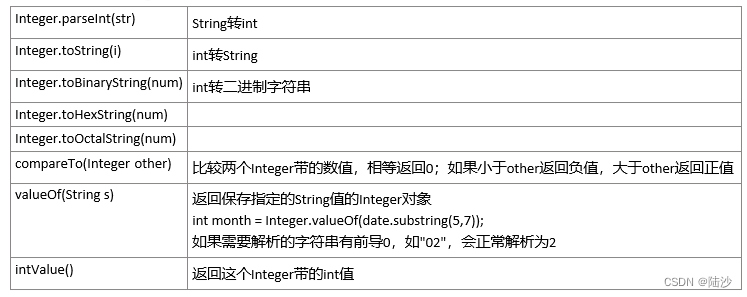
Integer类的常量

Float和Double
Float类常用方法
构造函数的参数可以带double,float,String

Float类常用常量(可以用反射去看)
getFields() getDeclareFields()
System.out.println(Float.MAX_VALUE); //3.4028235E38
System.out.println(Float.MIN_NORMAL); // 1.17549435E-38
System.out.println(Float.MIN_VALUE); // 1.4E-45
System.out.println(Float.MAX_EXPONENT); // 127
System.out.println(Float.MIN_EXPONENT); // -126
System.out.println(Float.SIZE); // 32
Double的常用方法与Float的类似,直接替换为Double即可
System.out.println(Double.MAX_VALUE); // 1.7976931348623157E308
System.out.println(Double.MIN_NORMAL); // 2.2250738585072014E-308
System.out.println(Double.MIN_VALUE); // 4.9E-324
System.out.println(Double.MAX_EXPONENT); // 1023
System.out.println(Double.MIN_EXPONENT); // -1022
System.out.println(Double.SIZE); // 64
Boolean和Byte
Boolean(boolean boolValue);
Boolean(String boolString);
System.out.println(Byte.MAX_VALUE); // 127
System.out.println(Byte.MIN_VALUE); // -128
System.out.println(Byte.SIZE); // 8
Character类
包含一个char。常用方法:
is系列:isDigit(char ch) isLowerCase(char ch) isUpperCase(char ch)
isLetter(int codePoint) isLetterOrDigit(int codePoint)
to系列:char toLowerCase(char ch) char toUpperCase(char ch)
另外,compareTo返回的是两个字符的标准代码差值,如
Character character=new Character('A');
int result1=character.compareTo(new Character('V'));
System.out.println(result1); // 输出:-21
int result2=character.compareTo(new Character('B'));
System.out.println(result2); //输出:-1
int result3=character.compareTo(new Character('1'));
System.out.println(result3); //输出:16
